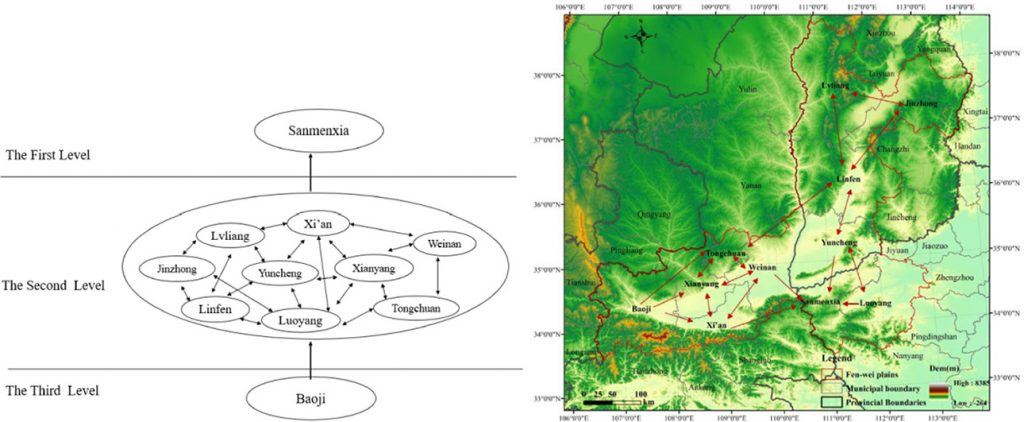Regional characteristics and spatial correlation of haze pollution: Interpretative system analysis in cities of Fenwei Plain in China
New article from CuiCui Xiao recommends coordinated governance to tackle regional patterns of urban haze pollution.
56% of the global population lives in urban areas. In cities, housing, businesses, and services are concentrated, creating great potential for economic growth. Cities are also spaces full of cultural and natural diversity. But urban growth is often linked with environmental issues such as air pollution. According to the World Health Organisation, 6.7 million premature deaths are associated with air pollution each year.
Poor air quality in cities is not new. In December 1952, air pollution grew so severe in London’s city streets that it was labelled The Great Smog of London. In recent decades, however, China’s cities have become the new poster children for air pollution campaigns. After significant efforts by the Chinese government to improve air quality, haze pollution levels have declined in several regions, but they remain high in the central Fenwei Plain.
One feature that makes air pollution tricky is that it doesn’t follow the boundaries we impose on spaces. Atmospheric haze can cross borders between cities and regions. Pollution generated in one city can influence the air quality of another city altogether, posing a challenge for local authorities trying to regulate it. A new study from CuiCui Xiao explores how air pollution travels between cities in the Fenwei Plain and the implications for environmental governance. The research employs system structure analysis to investigate the interaction of haze pollution generated in 11 different cities throughout the plain. The authors create an interpretative structural model (ISM) to explore the connections between cities in the plain and discover which cities have the most influence on the air quality of the region.
The model revealed that haze pollution is strongly correlated across the 11 cities. The results also show that pollution from Baoji in the South West has the strongest transmission effect on other cities – there is a broad transmission of pollution from Baoji to cities further East. By contrast, Sanmenxia in the Southeast is the city that receives the most pollution from elsewhere. Its air quality is strongly affected by pollution from other cities, but its own pollution does not exert much influence on other cities.

The authors recommend that governance of air pollution is coordinated across cities and that policies are tailored to the spatial dynamics of haze transmission in each specific region. Similar Interpretative Structural Models could be created for other regions where several cities and their haze pollution interact, and the results could inform collaborative strategies to tackle the problem at its multiple sources.
Read the full article from CuiCui Xiao, Fanran Meng, and Jonathan Cullen: Regional characteristics and spatial correlation of haze pollution: Interpretative system analysis in cities of Fenwei Plain in China












